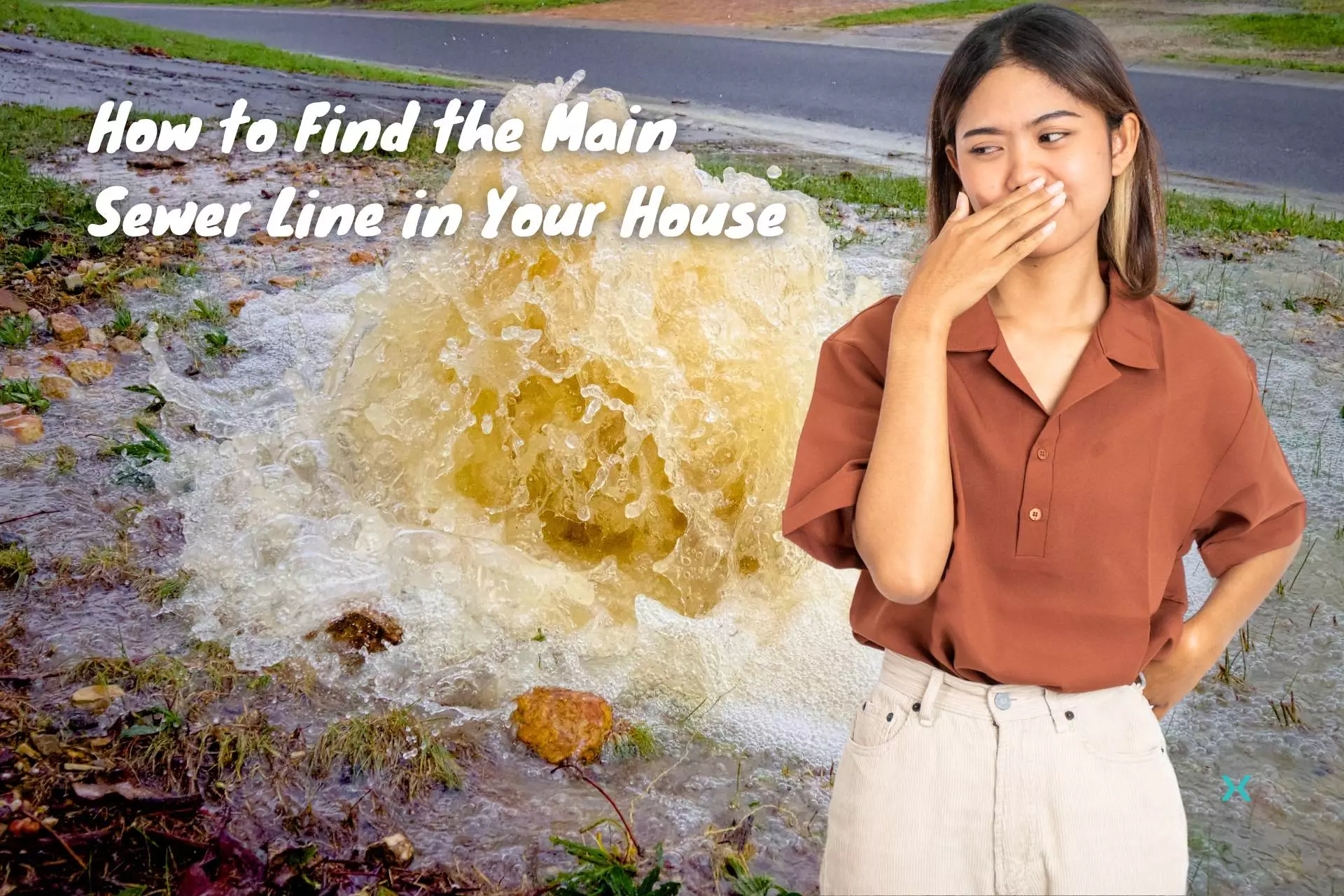🚽 How to Find the Main Sewer Line in Your House
When everything is going well, we never have to think about how our sewage system works. As a result, when the tides turn (often quite literally), it’s unsurprising you might struggle to find your sewer line.
Yet doing so can be vital in many circumstances, so it’s important you learn where to find your main sewer line when it’s time. It’s not always an easy task, especially if you’re unfamiliar with plumbing systems.
As a result, we’ve put together a guide to help you find your home’s main sewer line. Read on, and take the first and most important step to get your system back to normal again.
Table of Contents
🚽 How Your Plumbing System Works
In order to find your sewer line, you need to have an idea of how the system functions and what components are a part of it.
A basic plumbing system consists of a series of pipes that carry water into and out of your home.
The main water supply comes from the municipal water supply and enters your home via a meter.
From there, the water is distributed through a network of pipes to various fixtures, such as sinks, showers, and toilets.
Wastewater then flows out of your home, through a drain system, and into the municipal sewer system via one main sewer line.
Drain pipes are just as important as supply pipes when it comes to your home’s plumbing system.
These drainage pipes carry waste water away from your home and into the main sewer line.
They are typically made of PVC or cast iron and are designed to withstand the corrosive effects of wastewater.
🚽 What Causes Blockages
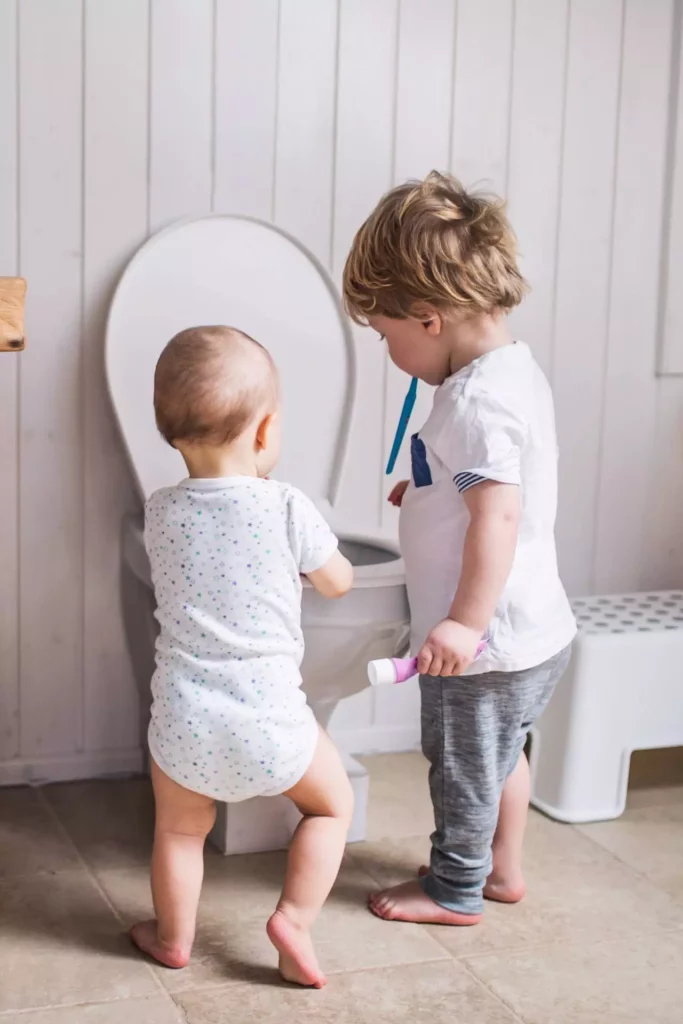
Blockages in your sewer line can cause wastewater to back up into your home, which can lead to costly repairs and health hazards.
These are almost always caused by foreign substances getting into the sewer lines, which the system isn’t built to handle.
🛑 STOP: To prevent blockages, it’s important to avoid flushing non-degradable items down the toilet, such as wipes, feminine hygiene products, and paper towels.
Additionally, you should avoid pouring grease or oil down your drains, as these can solidify and cause blockages.
Additionally, natural forces can lead to blockages in your sewer system.
These could include protruding tree roots that force their way into your pipe or an overflow of water during a heavy storm.
📗 Related Reading: EPA – Sanitary Sewer Overflow (SSO) Frequent Questions
🚽 Signs of Sewer Line Problems
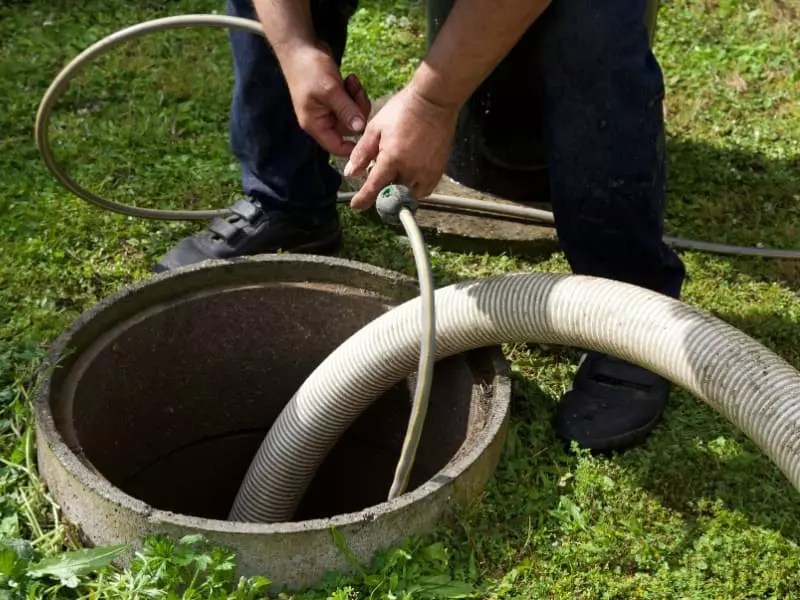
Knowing the signs of a clogged or damaged sewer line will make you sure you’ve correctly identified the problem and are ready to work towards fixing it.
Here are some common signs of problems with your sewer lines:
❌ Slow Draining Water
If you notice water draining slowly from your sink, shower, or toilet, this is an often surefire sign of a clog in the drain line.
This can be caused by a buildup of debris or grease in the drainage pipe, which doesn’t allow the water to pass through and instead forces it up the other way.
❌ Unpleasant Odors
The smell of sewer gas inside your home is never a good sign.
It usually means that there is a leak in the sewer line, which can be dangerous if not fixed immediately.
❌ Sewage Backup
If sewage from a municipal sewer line is backing up into your home, then you definitely have a major problem.
This can be caused by a clog or damage to the sewer line and can cause health hazards if not addressed quickly.
It may also be coming from your septic tank if you have one installed.
Either way, you probably don’t need to be told twice that it needs to get fixed.
🚽 Locating Your Main Sewer Line
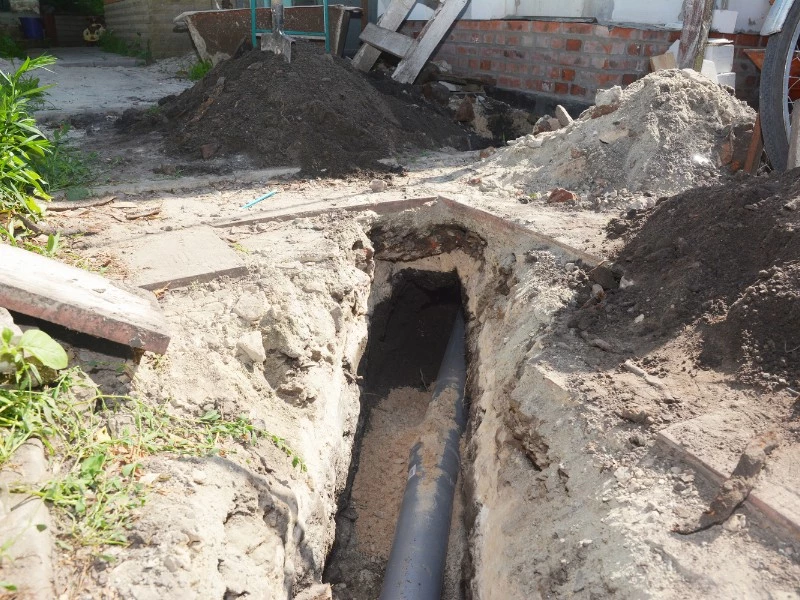
Now that you know the signs of a problem, it’s important to locate your main sewer line.
Here are five ways to do it:
🧰 Checking Your Home’s Blueprint
If you have a blueprint of your home, locating the main sewer line should be easy.
The blueprints will show the location of the drain system, including the sewer line.
Look for a line that connects your home to the street.
🧰 Identifying the Cleanout Pipe
The sewer cleanout is usually located outside your home, near the foundation.
It’s a small pipe that protrudes a few inches from the ground.
It’s used to access the sewer line for cleaning and maintenance, which can be done at the sewer cleanout cap point.
Follow the line from the cleanout pipe to locate the main sewer line.
🧰 Following the Sewer Line Path
If you don’t have a blueprint or can’t find the sewer cleanout pipe, you can follow the sewer line path.
Start at the lowest part of your home where wastewater flows out, such as a basement bathroom.
From there, follow the pipes up through the walls and ceilings until they exit your home.
The sewer line should be connected to this exit pipe and lead to the street.
🧰 Contact Your Local Municipal Office
Numerous municipalities maintain records of the locations of subterranean utilities and sewage pipelines.
It’s usually possible to contact your local city office to inquire about the availability of these maps.
If accessible, you can utilize these maps to determine the positioning of sewer lines within your property.
🧰 Ask The Previous Homeowner
If you possess the contact details of the previous owner of your home, it could be beneficial to reach out to them regarding the location of the sewer pipe.
Those who have resided in the property for an extended period are more likely to be aware of the sewer line’s placement.
🚽 Using Technology to Find the Sewer Line
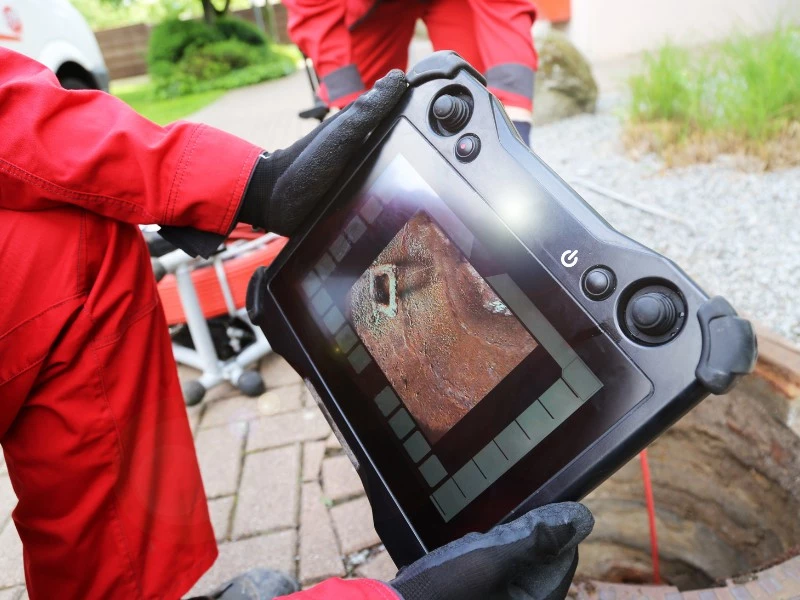
If you’re having trouble finding your main sewer line, technology can help, though normally, these methods would be restricted to professionals.
If, however, you have the access and the expertise to use technology, or are just curious as to what a professional might do, here are two ways it might be used to locate the sewer line access points:
📹 Sewer Line Cameras
A sewer line camera is a small camera attached to a snake that can be inserted into the sewer line.
The camera sends live video footage to a screen, allowing the plumber to see the inside of the sewer pipes and locate any blockages or damage.
🤖 Electronic Pipe Locators
An electronic pipe locator uses electromagnetic signals to locate underground pipes.
They can pinpoint the location of the main sewer line, even if it’s buried under concrete or asphalt.
🚽 Hiring a Professional Plumber

If you’re still having trouble finding your main sewer line, or if you’ve found a problem that needs fixing, it’s time to call a professional plumber.
They can use specialized equipment, such as a sewer camera, to locate sewer lines, identify the location and cause of the blockage, and make the necessary repairs.
Issues with sewer lines are very technical affairs that require a good deal of expertise, so it’s important that you make the right choice in identifying the right plumber.
Look for a licensed and insured plumber with experience in sewer line repair, or you could cause major damages to your plumbing system that will cost much more than hiring a decent plumber the first time around.
🚽 Conclusion To How to Find the Main Sewer Line in Your House

Locating your main sewer line is an important task that can save you from costly repairs and health hazards.
If you need sewer line services and want to avoid the risks associated with unprofessional work, contact Phyxter Home Services.
We only hire certified plumbing professionals and are available in a number of locations across North America.
We can get your issue sorted quickly, but most importantly professionally, and get everything working as you deserve it to be.
🛑 Have any other itching homeowner questions? Feel free to check out our other plumbing-related articles.
📗 Related Reading: DIY Guide to 15 Common Plumbing Problems & Solutions

